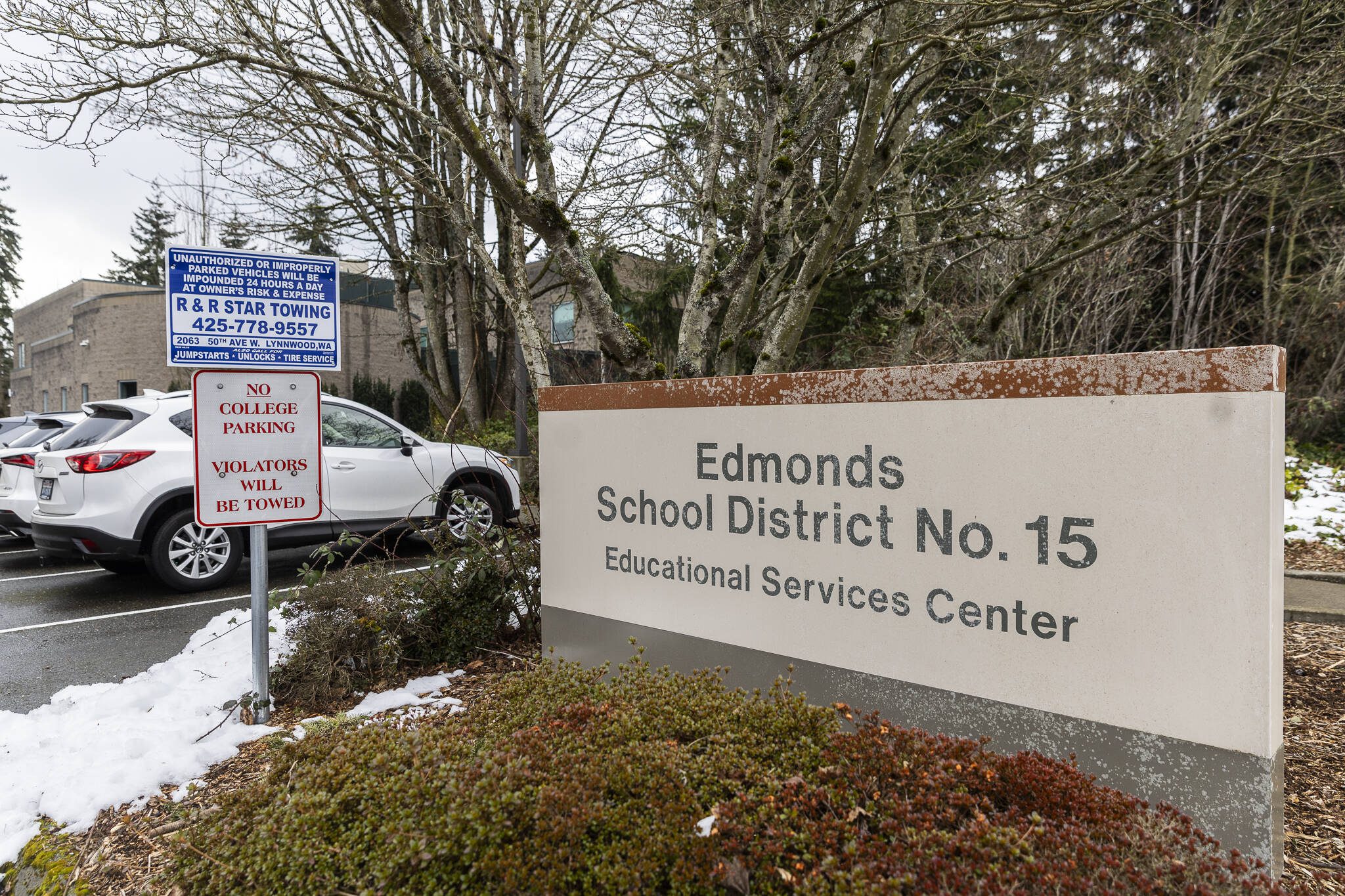EVERETT — Ongoing water quality testing since April has revealed elevated lead levels at a number of water fixtures at Edmonds School District.
The testing is part of recent state regulations that require drinking water in schools built before 2016 to be tested for lead. Every sink faucet and water fountain must undergo testing by June 30, 2026.
State law defines elevated lead levels as any amount exceeding 5 parts per billion. Nearly 150 of the 692 outlets tested at Edmonds School District so far — or about 22% — have exceeded this amount. Of those, 27 outlets measured at more than 15 parts per billion. The district has shut down outlets exceeding this amount, district spokesperson Curtis Campbell said in an email. Outlets between 5 and 15 parts per billion require a remediation plan within six months.
“It is important to note that these action levels are not a measure of health effects but are signals to take steps to reduce the amount of lead in drinking the water,” the district’s website says.
After 2026, schools must undergo testing every five years. So far, 11 of the district’s 34 schools have been tested, mostly elementary schools. The Washington State Department of Health is responsible for testing and reporting back to the district, Campbell said.
It’s too early to tell how much it’ll cost the district to remedy the issue, Campbell said. Depending on how widespread the elevated readings are, the district will either have to replace fixtures, replace pipes or find filtration solutions. The district may be eligible for grants through the Office of Superintendent of Public Instruction, Campbell said.
Even low levels of lead in blood can negatively affect children’s health, according to the U.S. Centers for Disease Control and Prevention, including damage to the brain and nervous system and slowed growth and development. The center recommends parents talk to their child’s health care provider if they have concerns about lead exposure.
At Sherwood Elementary, one sink faucet tested at 323 parts per billion — more than 20 times the amount that requires an immediate shutdown. At Hilltop Elementary, one sink faucet measured 285 parts per billion. The highest levels found in a drinking fountain was at Edmonds Elementary with 43 parts per billion at a fountain at the library office.
“While we are still analyzing data, some contributing factors in outlets that had higher levels appear to be fixtures that contain lead-based components, such as soldering material or older fittings,” Campbell said. “Additionally, lack of regular water use in certain locations can cause stagnant water to remain in contact with lead-containing materials longer, potentially increasing lead concentrations.”
Three schools tested — Chase Lake Elementary, Hazelwood Elementary and Seaview Elementary — had no outlets exceeding 15 parts per billion. The full results are available on the district’s website, which will be updated as testing continues.
In May, Olympic View Sewer District notified the school district of its intent to sue over PFAs contamination in water at Madrona K-8 School. The state has not yet tested Madrona K-8 School for lead.
To comply with state law, schools must undergo testing during the school year, which ends June 24.
Jenna Peterson: 425-339-3486; jenna.peterson@heraldnet.com; X: @jennarpetersonn.
Talk to us
> Give us your news tips.
> Send us a letter to the editor.
> More Herald contact information.

























